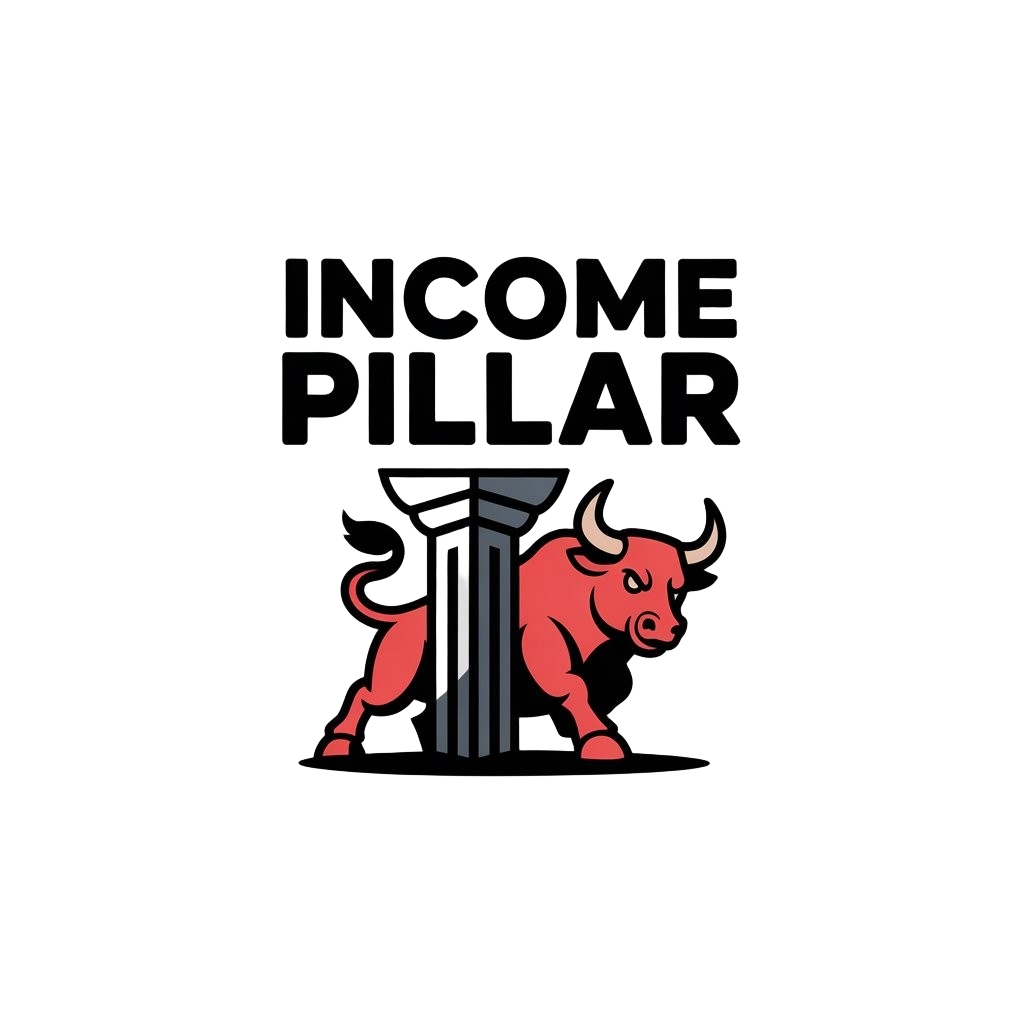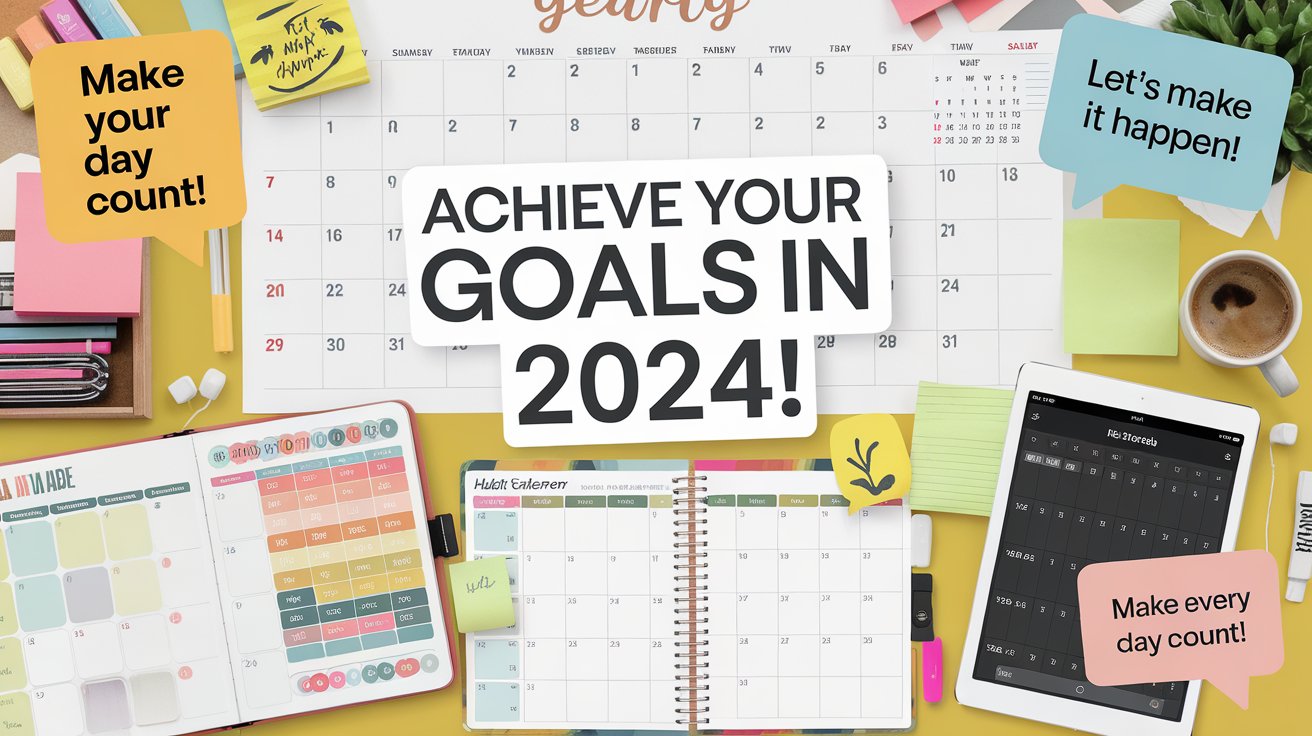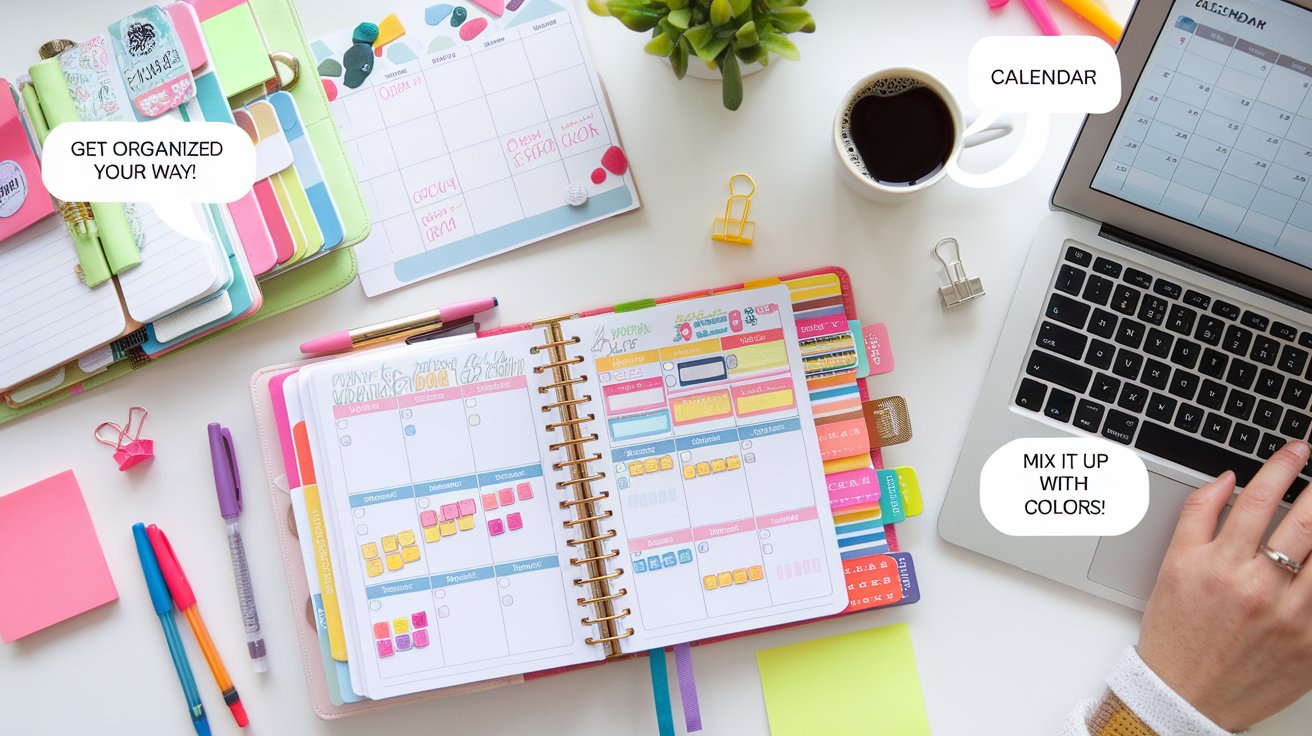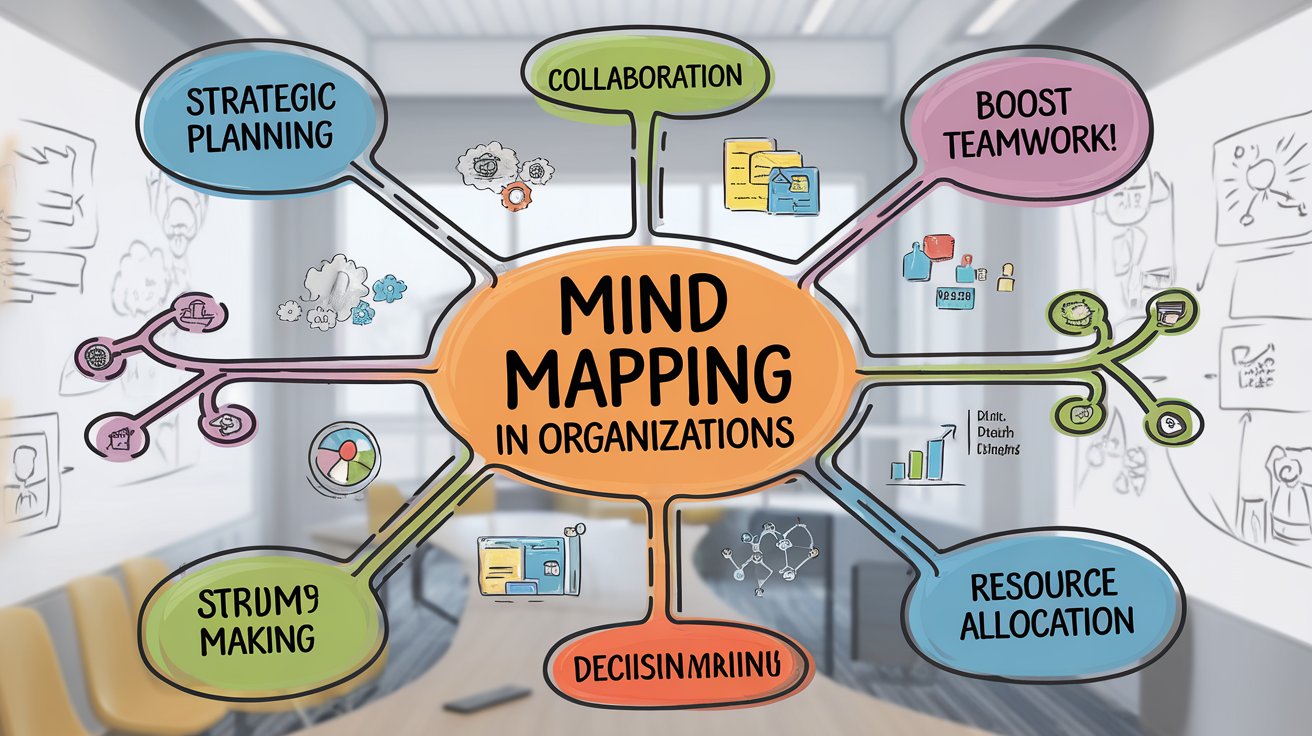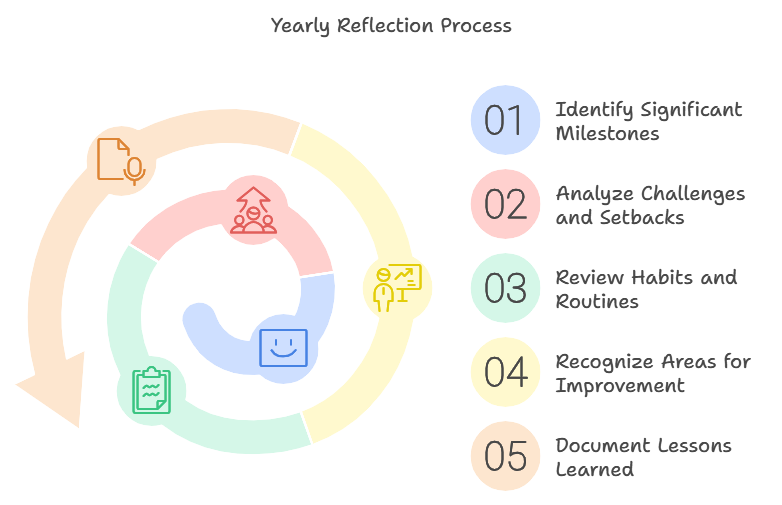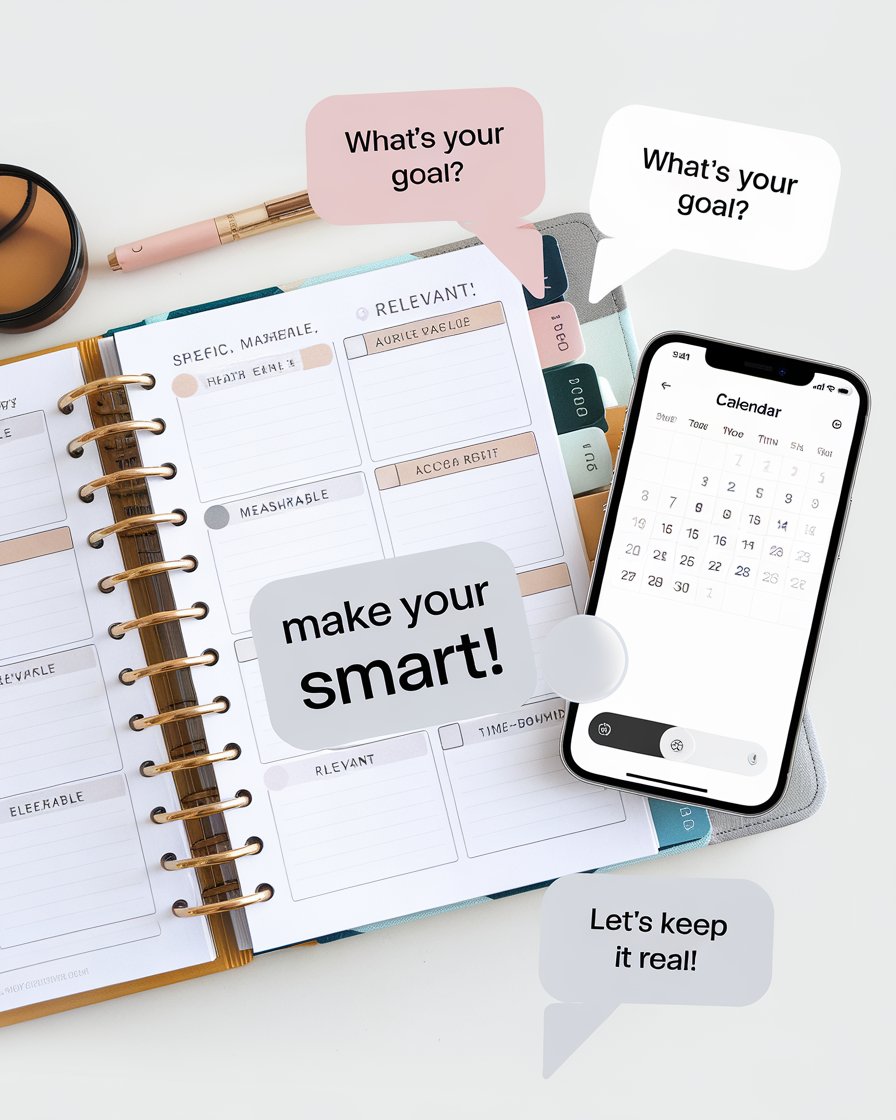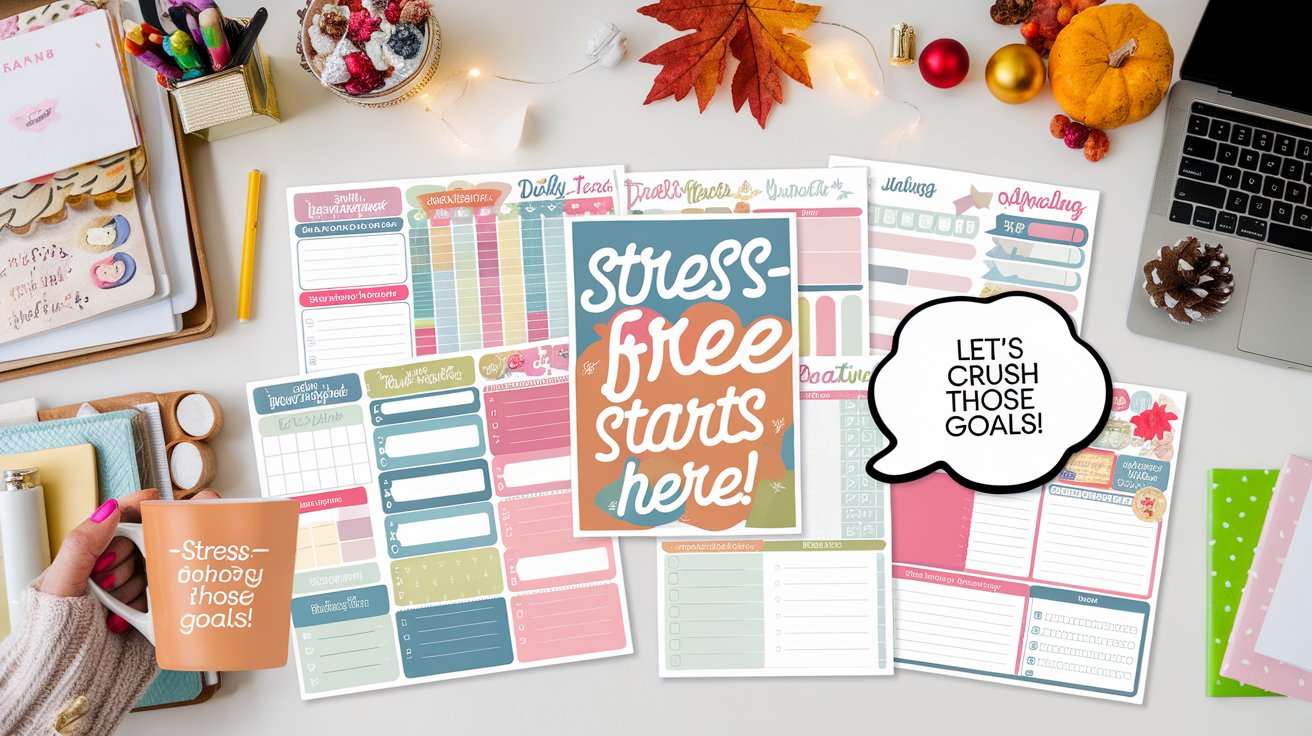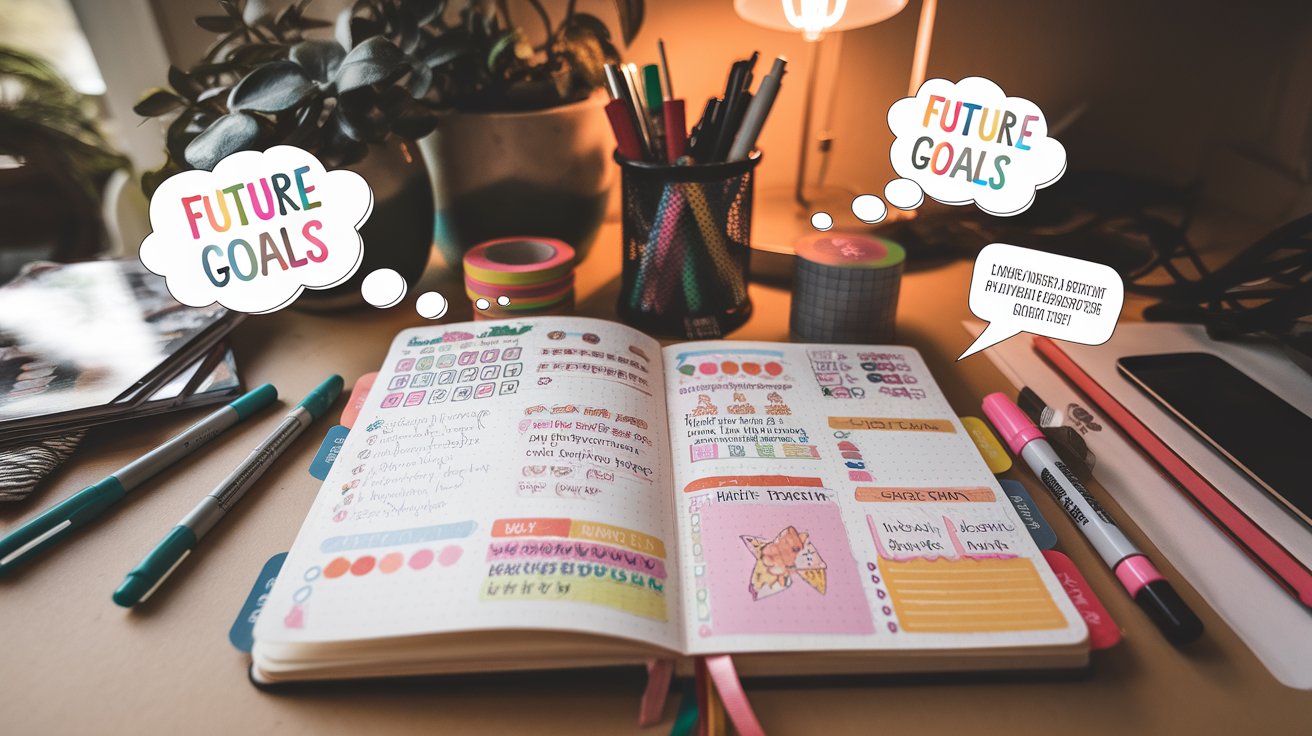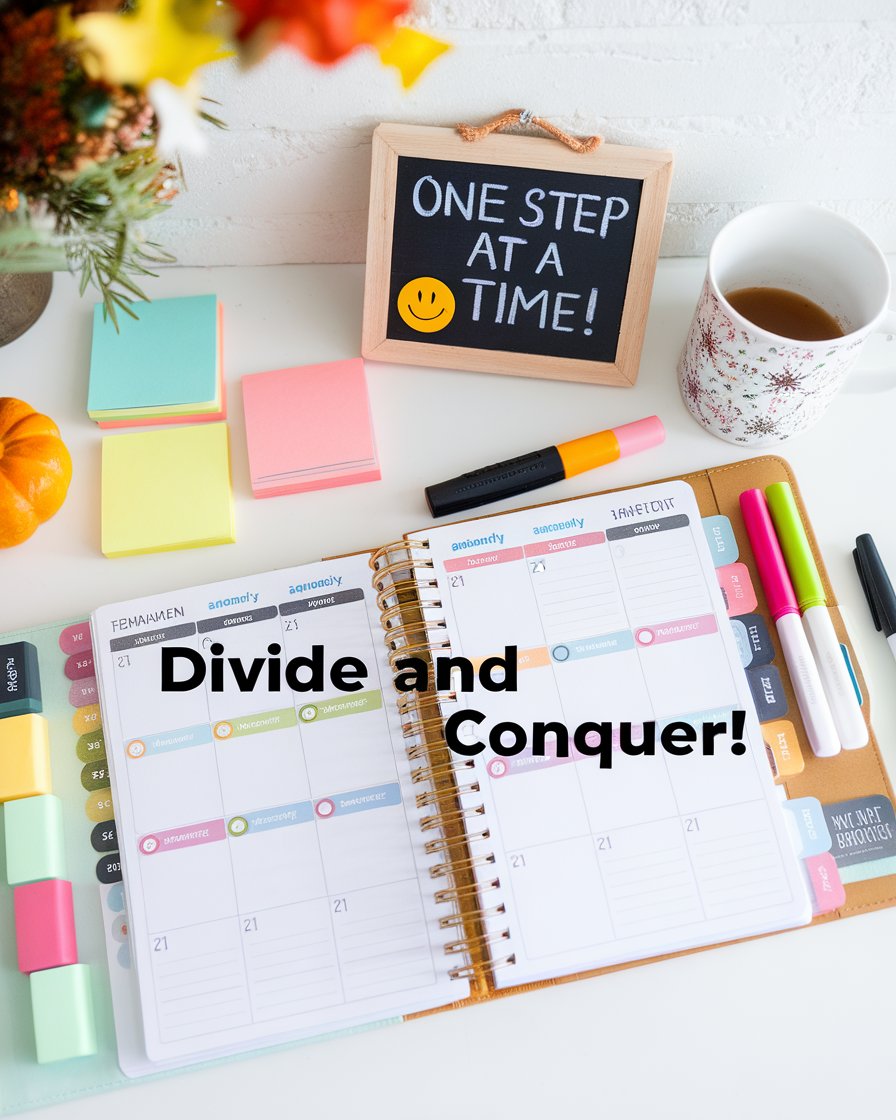Introduction
Planning for the year ahead can feel like a big task, but with the right tools and strategies, it becomes a journey toward personal growth and achievement. A well-structured yearly goal planner allows individuals to set meaningful goals, reflect on past successes and challenges, and map out a clear path for the months to come. By using effective planning methods, such as breaking down goals into quarterly and monthly segments, it becomes easier to stay focused and motivated. Whether aiming to track habits, increase productivity, or simply organize daily life, goal planning offers a solid foundation.
This guide dives into key areas like establishing specific, achievable goals and creating supportive habits and systems that drive consistent progress. With tools like habit trackers, printable templates, and digital planners, users are equipped to handle the year ahead with confidence. Let’s explore how to make each step intentional, setting the stage for a fulfilling, productive year.
Key Takeaways
- Reflecting on past achievements and challenges sets a solid foundation for goal planning.
- Using a yearly goal planner helps define specific, achievable goals for long-term progress.
- Breaking down yearly goals into quarterly and monthly plans makes progress manageable and motivating.
- Developing consistent habits supports steady progress toward yearly objectives.
- Flexible systems, like regular check-ins, help users adapt to changes while staying on track.
- Intentional goal setting transforms daily routines, paving the way for a fulfilling and productive year.
Reflecting on Last Year’s Progress for Goal Planning
Reflecting on the past year provides essential insights for planning ahead. This section encourages users to look back on their achievements and setbacks, helping them identify valuable patterns. By examining what worked well and where adjustments may be needed, individuals can build a stronger foundation for the new year. This reflection process aligns with yearly goal-setting, allowing users to leverage their personal growth experiences to shape more realistic and actionable goals. With a clear perspective on the past, users can more effectively prepare to tackle their ambitions with renewed energy, using tools like habit trackers and goal planners to support a positive transformation.
Analyzing Key Milestones and Challenges
To plan effectively, it’s helpful to analyze both the highlights and the hurdles of the past year. By identifying significant milestones, users can see where they made progress and uncover patterns in their challenges. This step is essential for goal planners, as it guides realistic expectations for the future. Reflecting on past achievements and setbacks also helps pinpoint habits or strategies that may have contributed to growth, supporting a thoughtful approach for the new year. As users break down these insights, they’ll be better equipped to set meaningful goals that build on last year’s experience.
Recognizing Personal Growth and Areas for Improvement
Personal growth is at the heart of successful goal-setting. By recognizing areas where they improved, users gain confidence and motivation to push further. Equally, understanding where there’s room for improvement allows for more targeted goals. This reflection encourages a balanced approach, focusing on strengths while addressing gaps. Users can assess what habits, systems, or behaviors contributed to their success, using a goal planner or habit tracker to note progress and plan adjustments. With a clear understanding of personal growth, individuals can set goals that resonate deeply with their vision for the future.
Key Steps for Effective Yearly Reflection
1. Identify Significant Milestones
Reflect on major achievements and moments that defined the past year. This helps create a clear picture of progress and areas where growth occurred, serving as a benchmark for future goals.
2. Analyze Challenges and Setbacks
Consider the setbacks or challenges faced, as they often reveal valuable lessons. By understanding the root causes, you can adjust future strategies to avoid similar obstacles.
3. Review Habits and Routines
Assess which daily or weekly habits contributed to success and which may have hindered progress. This insight is essential for refining habits to better support new goals.
4. Recognize Areas for Improvement
Identify areas where growth could be targeted in the upcoming year. Focusing on specific skills or behaviors provides a roadmap for personal development.
5. Document Lessons Learned
Record insights from the past year. These lessons serve as guidance, offering motivation and strategies for overcoming challenges in the year ahead.
Setting Effective Goals with a Yearly Planner
Establishing clear, specific goals for the year is key to sustained progress. A yearly planner is a valuable tool, allowing users to define their objectives in a structured way. By setting SMART goals—specific, measurable, attainable, relevant, and time-bound—individuals can avoid vague aspirations and aim for actionable outcomes. This approach helps users monitor their journey effectively, offering measurable milestones and checkpoints to track advancement. With a focus on achieving yearly goals, the planner becomes a roadmap to success, guiding daily decisions and providing clarity on each step toward personal growth and achievement.
Defining Clear and Specific Yearly Goals
Establishing specific goals is fundamental to effective planning. A yearly goal planner provides a space to define clear objectives, helping users focus on what truly matters. This step involves translating vague aspirations into actionable steps—for example, changing “improve health” to “exercise three times a week.” By narrowing down goals, individuals create a roadmap that drives daily decisions and actions. This clarity boosts motivation and direction, making it easier to track progress over time. With precise yearly goals in place, users can navigate their path to success with confidence and purpose.
Setting Measurable Milestones for Progress
Measurable milestones make goal-tracking more tangible and rewarding. With a focus on yearly goals, individuals can establish checkpoints, like quarterly or monthly milestones, to track and celebrate progress along the way. For instance, someone aiming to save money might set smaller monthly savings targets to stay accountable. This structured approach ensures that progress remains visible, reinforcing motivation and helping users stay committed. The planner’s tools, such as charts or progress trackers, are valuable aids in measuring advancement and adjusting efforts when needed. As users reach each milestone, they’ll feel encouraged to continue their journey.
Case Study: Successful Goal Setting with SMART Goals in a Yearly Planner
In this case, a professional aiming to improve work-life balance utilized a yearly goal planner to break down objectives using the SMART (Specific, Measurable, Achievable, Relevant, Time-bound) framework. Initially, their goal was broad: “achieve better work-life balance.” However, by refining it with SMART criteria, they redefined it to “spend one hour each weekday evening on personal hobbies.”
With a measurable goal in place, they tracked progress using monthly reviews and adjusted as needed to maintain consistency. The planner included habit trackers and reflection pages that supported regular assessments and helped overcome setbacks. This approach provided structure, making it easier to stay motivated and accountable. By year’s end, they had successfully integrated a healthy work-life balance routine, showing the effectiveness of specific, measurable goals within a structured planning system.
Creating a Quarterly and Monthly Plan for Sustainable Progress
Breaking down goals into manageable segments, such as quarterly and monthly targets, makes the journey less overwhelming. This method allows individuals to adjust their focus according to evolving priorities, ensuring that each step contributes to the bigger picture. By setting quarterly and monthly goals, users can embrace a structured yet flexible approach, helping them stay on track without burnout. This planning framework, integrated with tools like digital planners or printable templates, encourages steady progress throughout the year, accommodating unexpected changes while still prioritizing the end goal.
Dividing Yearly Goals into Manageable Quarterly Segments
Breaking down yearly goals into quarters creates a more achievable and balanced plan. By focusing on smaller time frames, individuals can make adjustments that align with their immediate needs and resources. This quarterly approach supports goal attainment by keeping objectives within reach while allowing for flexibility. Users can re-evaluate their goals every few months, making adjustments to stay on track. With a quarterly planner, users can tackle each phase step-by-step, ensuring that the entire year is mapped out with intent and direction, fostering a sustainable pace toward success.
Setting Monthly Goals to Stay Focused and Motivated
Monthly goals are effective for maintaining focus and momentum on a manageable level. By creating clear monthly objectives, users can concentrate on short-term achievements that contribute to their broader ambitions. This focus helps avoid overwhelm and keeps motivation high as each month brings new opportunities for progress. A monthly goal planner, whether digital or printable, offers a structured framework that simplifies this process, allowing users to monitor their journey closely. With specific monthly goals in place, individuals can celebrate small victories that build toward larger milestones throughout the year.
“Success is the sum of small efforts, repeated day in and day out.” — Robert Collier
Building Productive Habits and Systems for Success
Establishing productive habits and reliable systems creates a strong support system for goal achievement. This section explores how individuals can integrate small, manageable actions into their routines to promote consistency and motivation. By developing a habit-tracking system, users can monitor progress and make adjustments as needed, keeping themselves accountable along the way. Building these systems ensures that daily actions align with broader objectives, fostering a sense of accomplishment with each milestone reached. With sustainable systems in place, long-term goals become attainable, empowering users to move closer to their aspirations.
Developing Consistent Daily Habits for Long-Term Success
Consistent daily habits are essential to achieving lasting change. Small actions, repeated regularly, contribute significantly to long-term goals, embedding positive behaviors into daily routines. Users can start by identifying one or two manageable habits that align with their goals, such as journaling or tracking tasks. Habit trackers are helpful tools, showing progress and reinforcing motivation. These habits create a steady foundation for larger achievements, allowing users to work towards their ambitions incrementally. With commitment to these small routines, success becomes a more achievable and rewarding journey.
Creating Adaptable Systems to Support Goal Achievement
Establishing adaptable systems enables individuals to handle unexpected changes while staying aligned with their goals. Systems, such as setting weekly reviews or monthly check-ins, provide a structure that allows for flexibility. These regular assessments help users identify any obstacles, making it easier to adjust their approach when needed. A goal planner that incorporates these adaptable systems can make the journey smoother and more effective. With a supportive framework in place, users can maintain momentum and motivation, ensuring that their goals remain a priority despite life’s uncertainties.
Conclusion
Setting meaningful goals and creating a structured plan for the year is a powerful way to turn aspirations into achievements. With a yearly goal planner, individuals can approach each month and quarter with purpose, using tools like habit trackers, templates, and customizable systems to stay aligned with their objectives. By focusing on specific goals and regularly assessing progress, users create a roadmap that keeps them motivated and grounded, no matter what challenges arise.
As you embark on this journey, remember that flexibility and self-reflection are key to staying on track. Building a system that accommodates growth and change makes the process not only sustainable but also enjoyable. Whether using a printable planner, digital app, or journaling method, goal setting can transform daily routines into a steady path toward a fulfilling year. With each small step, the vision for a successful year becomes more achievable.
